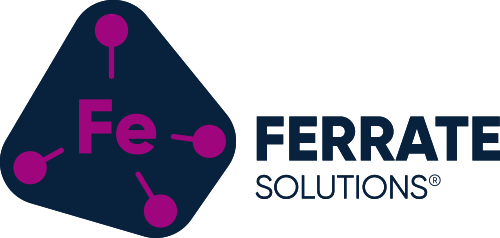Canals ALREADY catch it all! Let’s use them for treatment.
– Dr. Tom Waite, Founder, Ferrate Solutions® Inc
As our Basin Management Plans (BMAP) are being reviewed, and the Blue-Green Algae Task Force continues to meet, serious discussions are taking place about ways to actually limit nutrient input to our surface waters. Most perplexing is the issue of how to collect and actually treat non-point nutrient sources, such as agricultural and stormwater runoff, and contaminated groundwater; courtesy of septic tank systems. Endless excavation of our limited lands to form impoundments has obviously failed to provide any protection against transport of nutrients into our sensitive surface waters. Discussions are now underway to both limit the installation of new septic tank systems, and to somehow enhance the unmeasurable treatment efficiency of these systems. Of course, sewering areas currently utilizing septic tank systems has always been an option.
Some History: Septic tank systems are mild improvements on the simple pit-privee concept dating back thousands of years. These systems are employed to treat, as much as possible, small volumes of domestic waste, focusing primarily on organic matter, and bacteria. There was never any intent for these simple systems to effectively sequester nutrients such as nitrogen and phosphorus. In fact, a simple mass balance shows that unless you harvest the material consuming the waste material, then nothing can be removed from this system. Septic tank systems rely on fixed bacterial films in the soil to remove organic material as the waste flows downhill to the ground water (in the case of Florida). These simple systems have been installed everywhere because complete sewerage systems cannot be built as quickly as communities can grow, and they usually lag community growth by many years. The bottom line is that septic tank systems will continue to be utilized, therefore uncontrolled discharges from these personal systems will continue to be a challenge.
Installing a “sewerage” system (sewage collection plus treatment) is an expensive venture. The major cost associated with sewerage systems is basically putting pipes in the ground to collect the waste. The treatment (WWTP) is the smallest cost. Therefore, converting communities that are on septic systems to a complete sewerage system will take time and money, and is not something that can be accomplished in a short period of time. But, what about collecting agricultural and stormwater runoff?
The solution to collecting both stormwater and agricultural runoff, plus groundwater contaminated by septic systems is already in place. Florida must drain most all land areas in order to stay above water. This is achieved by cutting canals that drain ground water directly to the ocean. All agricultural lands, and municipalities along the coast utilize canals to keep their land from being submerged. These canals transport groundwater and surface runoff directly to the oceans. All surface runoff and ground water feeds directly into local canals, and then they are directly transported to the coastal areas. During storm events water is passed directly from the land (with nutrients) into the canals, and numerous studies have shown the increase in nutrients in canals during stormwater events and they have also noted that during normal flow conditions the nutrient concentrations are low. Therefore, the major cost associated with handling stormwater runoff, agricultural runoff, and septic system effluents is already in place. All that is now needed is a cost-effective treatment system to remove nutrients during high flow periods in selected canals. (e.g. a small Ferrate treatment system) This approach would bypass the need for our already limited land to be committed to impoundment, and also the need to eliminate thousands of septic systems until large scale sewerage systems are in place.

0 Comments